Bernard E. Rollin




To Linda and Michael, to Yetta, and to the memory of Dr. Bernard Schoenberg
1. MORAL THEORY AND ANIMALS
2. ANIMAL RIGHTS AND LEGAL RIGHTS
3. THE USE AND ABUSE OF ANIMALS IN RESEARCH
4. MORALITY AND PET ANIMALS
5. ANIMAL AGRICULTURE
 'hen I began to write the first edition of this book in the late 1970s, it seemed clear to me that social concern about animal treatment, relatively embryonic then, would inevitably proliferate and create a major social issue. I never, however, anticipated the degree to which this would occur, nor the rapidity of its seizure of public imagination.
'hen I began to write the first edition of this book in the late 1970s, it seemed clear to me that social concern about animal treatment, relatively embryonic then, would inevitably proliferate and create a major social issue. I never, however, anticipated the degree to which this would occur, nor the rapidity of its seizure of public imagination.
According to both the US National Cattlemen's Beef Association and the National Institutes of Health (the latter being the source of funding for the majority of biomedical research in the United States), neither group was inclined to exaggerate the influence of animal ethics; by the early 1990s, the US Congress had been consistently receiving more letters, phone calls, faxes, e-mails, and personal contacts on animal-related issues than on any other topic. Whereas twenty years ago one would have found no bills pending in the US Congress relating to animal welfare, the last seven to eight years have witnessed fifty to sixty such bills annually, with even more proliferating at the state level-some two and a half thousand a few years ago! The federal bills range from attempts to prevent duplication in animal research to saving marine mammals from becoming victims of tuna fishermen, from preventing importation of ivory to curtailing the parrot trade. State laws passed in large numbers have increas ingly prevented the use of live or dead shelter animals for biomedical research and training, and have focused on myriad other areas of animal welfare. Eight states have abolished the steel jawed leghold trap. When Colorado's politically appointed wildlife commission failed to act on a recommendation from the Colorado Division of Wildlife to abolish the spring bear hunt (because hunters were liable to shoot lactating mothers, leaving their orphaned cubs to die of starvation), the general public ended the hunt through a popular referendum. Seventy percent of Colorado's population voted for this to become a statewide constitutional amendment. In Ontario, the environmental minister stopped a similar hunt by executive fiat in response to social and ethical concerns. California abolished the hunting of mountain lions, and state fishery management agencies have been taking a hard look at catch-and-release programs on humane grounds.
In fact, wildlife managers writing for academic journals have worried about "management by referendum," since the general public favors "nonconsumptive" use of wildlife, whereas hunters and fishermen have traditionally paid for wildlife management. According to the director of the American Quarter Horse Association, the number of state bills related to horse welfare when summarized filled a telephone book-sized volume in 1998 alone. Public sentiment for equine welfare in California carried a bill through the state legislature, making the slaughter or shipping of horses for slaughter a felony in that state. Municipalities have passed ordinances ranging from the abolition of rodeos, circuses, and zoos to the protection of prairie dogs, and, in the case of Cambridge, Massachusetts (a biomedical Mecca), there are the strictest laws in the world regulating animal use in research.
Perhaps even more dramatic is the worldwide proliferation of laws to protect laboratory animals. As we shall discuss, in the United States the US Congress passed two major pieces of legislation (Animal Welfare Act and Health Research Extension Act) regulating and constraining the use and treatment of animals in research in 1985, despite vigorous opposition from the powerful biomedical research and medical lobbies. This opposition included well-financed, highly visible advertisements and media promotions indicating that human health and medical progress would be harmed by implementation of such legislation. There was even a lessthan-subtle film titled Will I Be All Right, Doctor? with the query coming from a sick child. The response from a pediatrician was, in essence, "You will be if `they' leave us alone to do as we wish with animals." With social concern for laboratory animals unmitigated by such threats, research animal protection laws moved easily though the US Congress and have been implemented at considerable cost to taxpayers. Even zealous advocates for unfettered research now agree that these laws have not only not destroyed research, but have also made for better research by controlling pain and stress variables.
In 1986 Britain superseded its pioneering act of 1876 with new laws aimed at strengthening public confidence in the welfare of experimental animals. Many other European countries have moved or are moving in a similar direction, despite the fact that some 90 percent of laboratory animals are rats and mice, which are not often considered the most cuddly and lovable of animals.

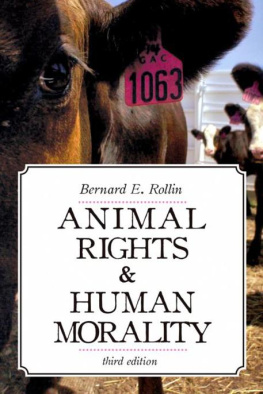


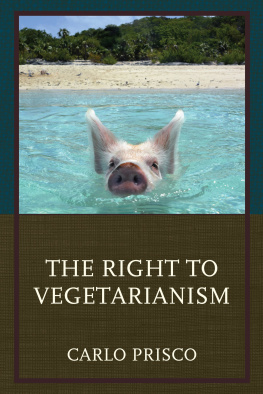
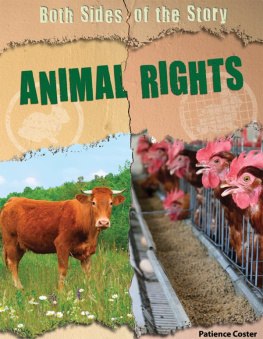

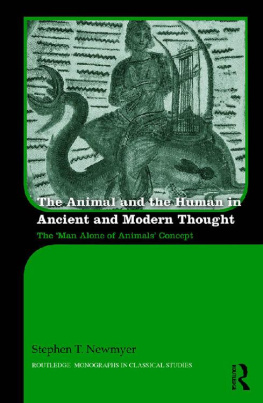
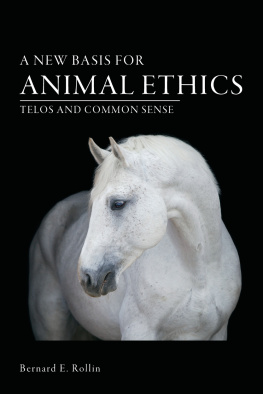
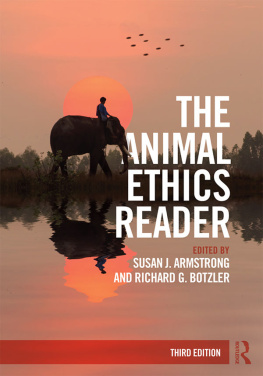
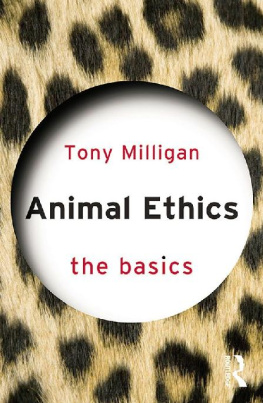
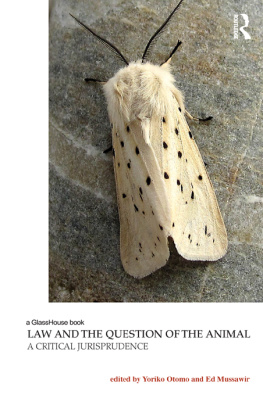










 'hen I began to write the first edition of this book in the late 1970s, it seemed clear to me that social concern about animal treatment, relatively embryonic then, would inevitably proliferate and create a major social issue. I never, however, anticipated the degree to which this would occur, nor the rapidity of its seizure of public imagination.
'hen I began to write the first edition of this book in the late 1970s, it seemed clear to me that social concern about animal treatment, relatively embryonic then, would inevitably proliferate and create a major social issue. I never, however, anticipated the degree to which this would occur, nor the rapidity of its seizure of public imagination.